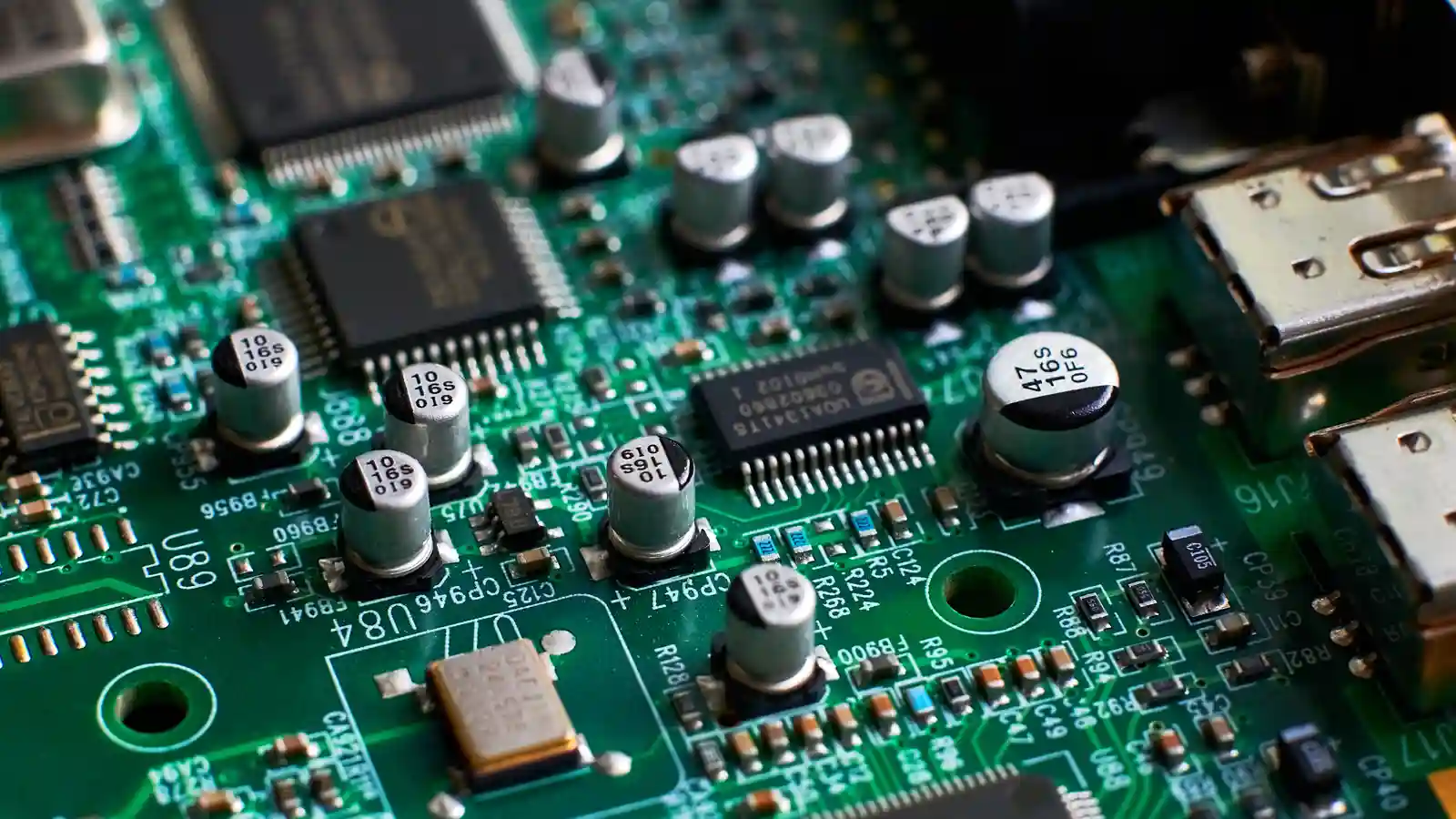Introduction
The digital world is built on two fundamental concepts: intelligence and connectivity. Intelligence comes from computing, while connectivity comes from networks. Embedded systems sit at the heart of this balance, providing the processing and control capabilities inside billions of devices around us. From your car’s engine control unit to the medical devices that monitor patient health, embedded systems have become an invisible but essential part of our everyday lives.
However, embedded systems alone are not enough in today’s hyper-connected world. The value of an embedded system grows exponentially when it can communicate with other devices, cloud platforms, or enterprise applications. That is where IoT SIM cards come into play. By equipping embedded systems with reliable IoT connectivity, businesses can unlock new levels of automation, monitoring, and efficiency.
In this blog, we will explore what embedded systems are, why connectivity is crucial, and how IoT SIM cards connect seamlessly with embedded platforms. We will also examine use cases, challenges, and the future of this powerful combination. Finally, we will introduce how Zhongyi IoT provides global IoT SIM solutions to support businesses across industries.
What Are Embedded Systems?
An embedded system is a computer system designed to perform dedicated functions within a larger mechanical or electronic system. Unlike general-purpose computers, which can run various applications, embedded systems are specialized. They are optimized for specific tasks, often with strict constraints on performance, power consumption, or size.
Key Characteristics of Embedded Systems
- Specialization – Embedded systems are designed for a particular application (e.g., washing machine controller, automotive ECU).
- Real-time operation – Many embedded systems must process data and respond instantly, such as braking systems in cars.
- Low power consumption – Energy efficiency is critical, especially in IoT devices running on batteries.
- Compact hardware – Embedded systems are small, integrated, and often invisible to the end user.
- Reliability – They must operate continuously without failure, often in harsh environments.
Components of Embedded Systems
- Hardware: Microcontrollers, processors, sensors, communication modules.
- Software: Operating systems (RTOS), firmware, control algorithms.
- Interfaces: Inputs (sensors, buttons) and outputs (displays, actuators, networks).
Common Applications
- Automotive: Engine management, advanced driver assistance.
- Healthcare: Pacemakers, wearable devices, diagnostic equipment.
- Industrial: Robotics, factory automation, predictive maintenance.
- Consumer electronics: Smartphones, cameras, smart appliances.
- Smart cities: Traffic lights, energy meters, public safety systems.
In short, embedded systems are the brains of modern devices. But to become part of the Internet of Things (IoT), they must be able to communicate reliably.
The Role of Connectivity in Embedded Systems
Connectivity has become the lifeblood of embedded systems. Without communication, an embedded device is isolated, providing limited value. With connectivity, it can share data, receive updates, and interact with larger systems.
Why Connectivity Matters
- Data exchange: Devices must transmit sensor data to central servers for analysis.
- Remote management: Enterprises need to update firmware and troubleshoot devices over the air (OTA).
- Automation: Connected devices can trigger actions in other systems, enabling smarter workflows.
- Scalability: Connectivity enables businesses to deploy thousands of devices globally.
Connectivity Options for Embedded Systems
- Wired (Ethernet, CAN bus, USB): Stable but limited in mobility.
- Wireless (Wi-Fi, Bluetooth, Zigbee): Good for local connections but lacks wide-area coverage.
- Cellular (2G, 3G, 4G, LTE-M, NB-IoT, 5G): Best suited for IoT devices that need reliable, large-scale, and mobile connectivity.
Cellular connectivity is the foundation for IoT SIM cards, which allow embedded systems to become part of the IoT ecosystem without being tied to local networks.
What Is an IoT SIM Card?
An IoT SIM card is a specialized SIM designed to connect IoT devices, including embedded systems, to cellular networks. While similar in form factor to consumer SIMs, IoT SIMs are engineered with different features.
Key Features of IoT SIM Cards
- Durability – Resistant to heat, humidity, and vibration.
- Long lifecycle – Designed to last as long as the device itself (5–10+ years).
- Multi-network access – Connects to multiple carriers, ensuring maximum coverage.
- Remote management – Supports bulk provisioning, usage monitoring, and policy control.
- Security – Enables VPNs, private APNs, and encrypted connections.
IoT SIM vs. Consumer SIM
- Consumer SIMs are optimized for phones, high data, and short lifespans.
- IoT SIMs are optimized for devices, low to medium data, long lifespan, and enterprise-grade management.
Types of IoT SIMs
- Standard SIM (2FF/3FF/4FF) – Physical removable SIM cards.
- MFF2 SIM (Chip SIM) – Soldered onto circuit boards for durability.
- eSIM (Embedded SIM) – Can be reprogrammed over the air.
- iSIM (Integrated SIM) – Built directly into the processor for maximum miniaturization.
How IoT SIM Cards Connect with Embedded Systems
When an embedded system is equipped with an IoT SIM card, it gains the ability to access cellular networks just like a smartphone—but with additional IoT-specific features.
Integration Methods
- SIM Slot – Devices with SIM trays accept removable IoT SIMs.
- Soldered MFF2 SIM – Ideal for rugged industrial devices.
- eSIM/iSIM – Flexible, space-saving, future-proof options.
Workflow of IoT Connectivity
- Device collects data through sensors.
- IoT SIM card authenticates the device on a cellular network.
- Data is transmitted to the cloud or enterprise server.
- Analytics platforms process the data.
- Commands or updates are sent back to the device.
Practical Examples
- Smart meters transmitting usage data.
- Connected cars sending diagnostics to manufacturers.
- Security cameras streaming footage to the cloud.
- Wearable health monitors sending patient vitals to doctors.
IoT SIM cards act as the bridge between embedded systems and the global IoT ecosystem.
Key Benefits of IoT SIM Cards in Embedded Systems
- Global Connectivity – One SIM solution for multiple regions.
- Multi-Network Redundancy – Devices automatically switch to the strongest available network.
- Security – Private APN, IPsec VPN, and encrypted data channels.
- Remote Management – Centralized portals for monitoring usage, setting alerts, or updating devices.
- Cost Efficiency – Flexible data plans optimized for IoT usage patterns.
- Scalability – Ability to manage thousands of devices across geographies.
These benefits make IoT SIM cards indispensable for businesses deploying embedded systems at scale.
Real-World Applications
Automotive & Fleet Management
Vehicles with embedded telematics systems rely on IoT SIM cards for GPS tracking, fuel monitoring, and predictive maintenance.
Healthcare & Remote Monitoring
Wearables and medical devices send real-time patient data securely to healthcare providers.
Smart Cities & Utilities
Smart meters, waste management systems, and traffic sensors all depend on embedded connectivity.
Industrial IoT & Manufacturing
Factory machines send operational data for predictive maintenance, reducing downtime.
Smart Agriculture
Sensors embedded in soil or livestock collars transmit data via IoT SIMs to improve yields and reduce waste.
Challenges and Considerations
- Security Risks – IoT devices can be vulnerable to cyberattacks.
- Power Limitations – Cellular modules must be optimized for low energy consumption.
- Device Lifecycle – IoT SIMs must last for the full operational life of the device.
- Roaming Costs – Global coverage needs intelligent SIM solutions to avoid high roaming fees.
The Future of Embedded Systems and IoT SIM Cards
The next decade will bring exciting developments:
- 5G will enable ultra-low latency and massive device density.
- eSIM and iSIM adoption will make deployments more flexible.
- Edge computing will allow faster local data processing, reducing cloud dependency.
- AIoT (AI + IoT) will make embedded systems smarter, adaptive, and predictive.
Why Choose Zhongyi IoT SIM Card Solutions?
At Zhongyi IoT, we specialize in providing reliable, affordable, and globally connected IoT SIM card solutions. Our mission is to empower embedded systems and IoT devices with seamless connectivity.
Our Advantages
- Global Coverage – Multi-network IoT SIM cards with automatic switching.
- Flexible Pricing – Cost-effective plans for different data needs.
- High Reliability – Carrier-grade infrastructure for stable connections.
- Custom Solutions – Tailored services for industries like smart cities, fleet, security, and healthcare.
- Professional Support – End-to-end consultation and technical assistance.
Typical Scenarios We Support
- Smart camera connectivity solutions for security and surveillance.
- Fleet management SIMs for logistics companies.
- IoT cards for smart meters to enable real-time billing.
- Agricultural IoT SIMs for sensor-based farming solutions.
By partnering with Zhongyi IoT, businesses can reduce costs, improve efficiency, and accelerate their IoT deployment.
Conclusion
Embedded systems are the foundation of modern smart devices, and IoT SIM cards are the bridge to connectivity. Together, they enable innovation in industries ranging from automotive to healthcare, manufacturing, agriculture, and beyond.
As the IoT ecosystem continues to evolve with 5G, eSIM, and edge computing, companies must choose trusted partners to ensure their devices remain connected and secure.
Zhongyi IoT provides the expertise, global reach, and flexible solutions to power your IoT journey. Whether you are deploying 100 or 100,000 devices, our IoT SIM card solutions ensure reliable connectivity at the best value.
👉 Contact Zhongyi IoT today to learn more about our IoT SIM card solutions and request a free trial for your embedded systems project.



